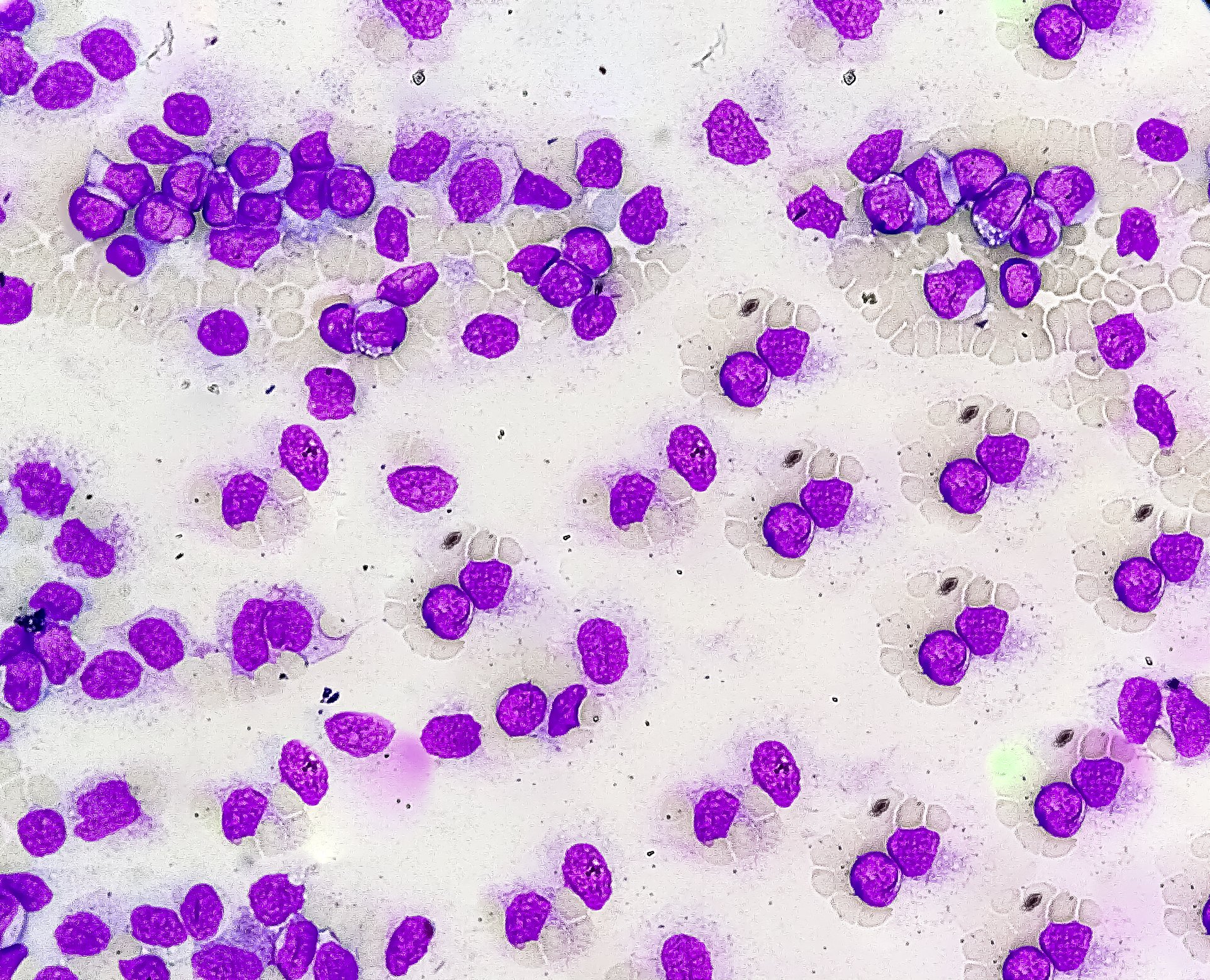At this year’s congress of the European Association of Neurology (EAN) in Helsinki, a sub-analysis of the PEARL data was presented, which shows possible negative effects of treatment breaks on patient outcomes. This calls into question the partially proposed treatment breaks after one year of continuous use.
PEARL is a pan-European prospective observational study of Ajovy® (fremanezumab) for chronic or episodic migraine, involving 87 clinical centers from Switzerland and 10 other countries. The study duration is 24 months [2]. The sub-analysis of the PEARL Real World data examined the effects of discontinuing and restarting treatment with fremanezumab** – a humanized monoclonal antibody directed against CGRP (Calcitonin Gene-Related Peptide) – on monthly migraine days in adult patients with episodic or chronic migraine [1,2].
** Information on Limitatio in Switzerland: www.spezialitaetenliste.ch
| CGRP (Calcitonin Gene-Related Peptide) is a neuropeptide that is encoded by the same gene as the hormone calcitonin. CGRP is one of the strongest vasodilatory substances and plays an important role in the pathophysiology of migraine. The blocking of CGRP by monoclonal antibodies or small molecule compounds is used pharmacologically for migraine prophylaxis. |
| according to [6] |
Results at a glance
The data show that discontinuation of treatment with fremanezumab may lead to a potential increase in monthly migraine days (MMD) after discontinuation of treatment and reduced efficacy upon resumption of treatment compared to the first treatment cycle, further increasing the burden on migraine patients [2]:
- Over 40% of patients experienced a rapid worsening of migraine (≥50% increase in MMD) in months 1 and 2 after discontinuation of the drug.
- The proportion of patients who achieved a ≥50% reduction in MMD at month 1 and month 3 in the first treatment period (before treatment break) was 49.0% and 58.9%, respectively, compared to a lower efficacy of 35.7% and 45.5% after restarting treatment.
Prof. Dr. Dimos Mitsikostas, Aeginition Hospital, Medical School of the National & Kapodistrian University of Athens (Greece), explained the results as follows: “The analysis of the PEARL study is of great importance for physicians treating patients with episodic and chronic migraine, as it shows that treatment discontinuation and resumption can affect treatment progress in some patients. It is important that such findings are taken into account in the long-term support of migraine patients and contribute to personalized treatment approaches rather than a one-size-fits-all strategy.
So far there is no consensus on treatment discontinuation
Migraines are characterized by seizure-like, pulsating headaches, usually on one side of the head, which increase with physical movement. The headaches are often accompanied by additional symptoms such as loss of appetite, nausea, photophobia, sensitivity to sound, sensitivity to smell and the need to rest. A migraine attack usually announces itself days before the headache phase through prodromal symptoms. People between the ages of 25 and 45 are particularly affected by migraines, with women being up to three times more likely than men [5].
Although leading professional societies provide guidelines and consensus for the initiation and escalation of migraine prophylaxis therapies, there is currently a lack of robust evidence for discontinuation of therapy. The European Headache Federation (EHF) guidelines recommend considering a break after 12 to 18 months of continuous treatment. However, if it is considered necessary, treatment should be continued for as long as necessary [3]. According to the literature, it is recommended to discontinue prophylaxis with CGRP-mAbs when there is no longer a need for migraine prevention, which would be the case with less than four MMDs [4]. Differences in reimbursement conditions across Europe also contribute to these inconsistencies, with some countries prescribing a one-year treatment break, including Switzerland, although data are limited [4].
“This new sub-analysis of the PEARL study could help to rethink the rationale for mandatory treatment breaks. It highlights that the required treatment breaks may reduce the benefit achieved in reducing migraine in some patients,” said Dr. Pinar Kokturk, Vice President & Head of Medical Affairs Teva Europe. “The PEARL study demonstrates the long-term efficacy and safety of fremanezumab in the prevention of both episodic and chronic migraine in real-world scenarios and underscores the benefits of continuous treatment and individualized, uninterrupted patient management strategies.”
Source: Teva Pharmaceutical Industries Ltd.
Literature:
- “New data on migraine prophylaxis with fremanezumab (AJOVY®) and need for treatment breaks”, Teva Pharmaceutical Industries Ltd. 16.07.2024.
- Mitsikostas D, et al: Impact of Fremanezumab Cessation and Reinitiation in Migraine Management: PEARL Study4th Interim Analysis. Presented at the European Academy of Neurology (EAN), EAN-EPR-196; Helsinki, 29.06.24-02.07.24.
- Sacco S, et al: European Headache Federation guideline on the use of monoclonal antibodies targeting the calcitonin gene related peptide pathway for migraine prevention – 2022 update. J Headache Pain 2022 Jun 11; 23(1): 67.
- Al-Hassany L, et al; European Headache Federation School of Advanced Studies (EHF-SAS). The sense of stopping migraine prophylaxis. J Headache Pain 2023 Feb 16; 24(1): 9.
- Swiss Headache Society, www.headache.ch/fuer-patientinnen/wissen,
(last accessed 19.07.2024). - “Calcitonin Gene-Related Peptide”, https://flexikon.doccheck.com/de/Calcitonin_Gene-Related_Peptide,(last accessed 19.07.2024).
FAMILY PHYSICIAN PRACTICE 2024; 19(8): 17









